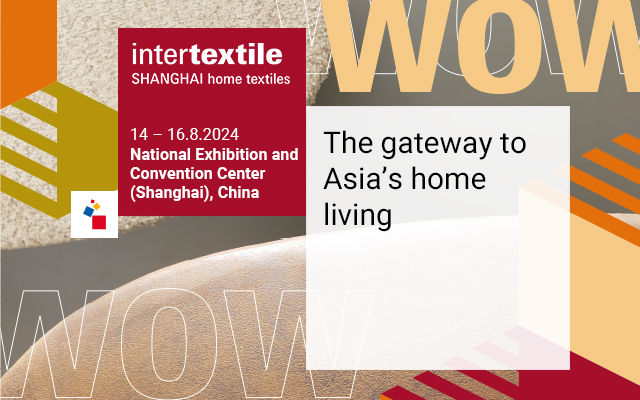Silk is dyed using various dyes such as Acid dyes, metal-complex, reactive dyes etc. Acid dyes are more suitable for silk and wool, and the direct and vat dyes are more suitable for cotton and so on. Dyeing and printing makes it possible to bring about the choicest colours and shades on silk leading to value addition of the silk materials. Silk offers a wide colouration possibility covering almost the entire spectrum of colours and hues due to its ready acceptability for a large range of dyestuffs. The exceptional capacity to absorb moisture from the air, the comparatively simple and orderly arrangement of fibroin molecular structure, and the abundance of hydrogen bonds and electrostatic bonds render silk fibre an ideally suited substrate with a very good dye affinity. Anionic dyestuffs namely acid and direct dyes form a 'Dye-Fibre' complex by electrostatic and hydrogen bonds. Silk can also be dyed with basic, metal-complex and reactive dyes. Acid dyes are widely used for dyeing of silk. Using this class of dyestuff, a wide range of bright shades can be obtained. These dyes are sodium salts of organic acids (mostly sulphonic acid) and are applied from acidic medium.
The dyeing of silk for better dye uptake on the material or exhaustion of dye from the bath requires proper dye containing less impurities (as per specified standards), well maintained pH, quality of water (should not contain higher acidic or alkaline or hardness) and needs proper duration of dyeing or drying. Most importantly as technology is developed varieties of machines are available for dyeing such as Tub dyeing, Arm dyeing, Jigger/Winch dyeing etc., But survey across areas ( Badi Bazar, Nati imli etc) at Varanasi shows following Method followed by Dyers as they say cost of production is low since investment on vessels and materials they use is low. Water used is from pump/borewell available and provided by Varanasi Nagar Nigam.
Following are the visual representations of dyeing method followed by Varanasi dyers.
Procedure: Initially soaking of silk yarn is carried out with water and little amount of coconut oil for 20 minutes for swelling purpose, then squeezing is done to remove excess water. 60 grams of dye is pasted with water by warm heating at 40C (Figure 1) and then it is added to 20 litres of water in which 5 kg of silk is introduced and dyeing is carried out in presence of acid upto 60C from 2-4 hours then squeezed and dried (Figures 2-4) They produce 30 kgs/day and wages range from 200 to 300/Labour.
Dyers express that they are not much aware about the latest technologies available for dyeing and switch over is also not possible as the investment requires higher cost. This type of method is followed for light shade and they also informed that they do their own Research and Development for combining various types of dyes for better dye uptake and to reduce the cost. From technology point of view, it is important to choose proper dye containing less impurities (as per specified standards), well maintained pH, quality of water (should not contain higher acidic or alkaline or hardness) and needs proper duration of dyeing or drying as well as standard dyeing machines/methods for which they can approach textile testing lab, Central Silk Board located at Chowkaghat for government subsidy.
The authors are associated with Textile Testing Laboratory, CSTRI, Central Silk Board, Varanasi.









Comments